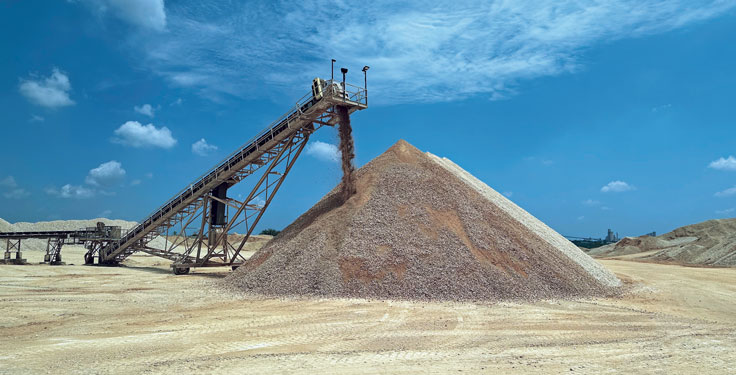The Phoenix Center released its “2025 Aggregates Industry Scorecard” on Wednesday.
The report assessed the aggregate industry’s impact on the U.S. economy at the national, state and county levels. The report is an update to the center’s 2017 scorecard, as it provides a new look at the economic advantages after the passage of the Infrastructure Investment & Jobs Act (IIJA) in 2021.
According to the scorecard, the aggregate industry continues to be a significant contributor to the country’s economic well-being. The implementation of IIJA, which included about $350 billion for federal highway programs over a five-year period in state and federal projects, showcases the positive effects on the U.S. economy.
The industry supports $171 billion in national sales, $55 billion in national earnings (i.e., labor compensation) and nearly 729,000 jobs across various occupations and industries, according to the scorecard.
“Our members provide and support the aggregates materials used for residential, commercial and government construction projects, as well as transportation infrastructure including roads, highways, bridges and railroads,” says Michele Stanley, interim CEO of the National Stone, Sand & Gravel Association (NSSGA). “This scorecard proves that the growth of the aggregates industry is necessary for the growth of our overall economy.”
The industry’s economic impact creates a ripple effect on the broader economy, NSSGA says. For every job in the aggregates industry, an additional 5.95 jobs across other industries are supported throughout the economy, according to the scorecard. Each dollar of earnings creates another $4.95 of earnings in other sectors, and each dollar of industry sales produces another $3.29 of sales in other industries.
With the IIJA expiring in 2026, NSSGA says this report highlights the need for lawmakers to increase or at least maintain the existing levels of federal infrastructure investment.












